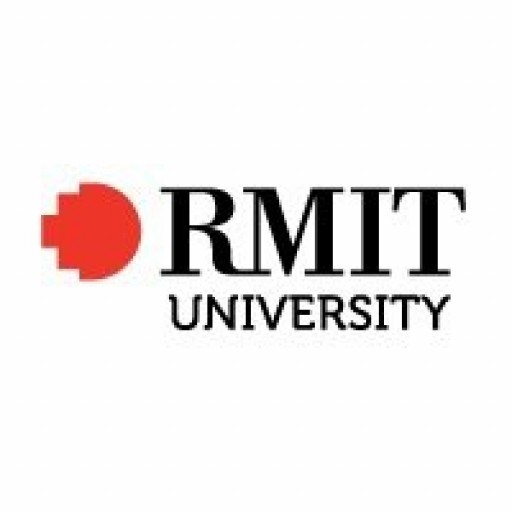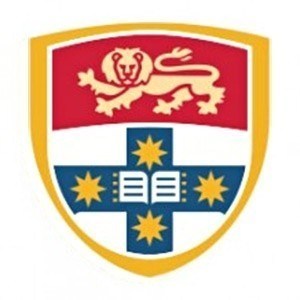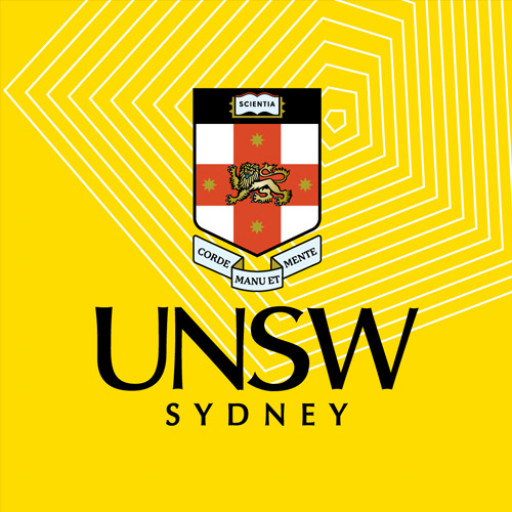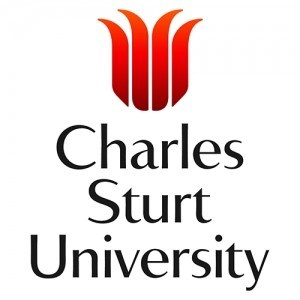Photos of university / #rmituniversity
The Bachelor of Science in Medical Physics at the Royal Melbourne Institute of Technology offers a comprehensive education designed to prepare students for a rewarding career at the forefront of healthcare technology and medical science. This program combines foundational principles of physics, anatomy, and biology with specialized training in medical imaging, radiation therapy, and healthcare informatics. Throughout the course, students will develop a deep understanding of how physics principles are applied to diagnose and treat medical conditions, making a tangible impact on patient outcomes and healthcare delivery worldwide.
The program is structured to provide both theoretical knowledge and practical skills. Students will undertake laboratory sessions, clinical placements, and industry projects to gain real-world experience and develop competencies in operating advanced medical equipment, analyzing diagnostic images, and ensuring safety standards in medical environments. They will also learn about emerging technologies such as digital imaging, nuclear medicine, and radiation safety management.
Designed to meet the evolving needs of the healthcare sector, this degree offers specialization options in biomedical imaging, radiation therapy, or healthcare informatics, enabling students to tailor their career pathways according to their interests. The curriculum emphasizes critical thinking, problem-solving, and multidisciplinary collaboration, preparing graduates to work effectively with medical practitioners, biomedical engineers, and healthcare administrators.
Graduates of the Bachelor of Science in Medical Physics can pursue diverse career opportunities in hospitals, research institutions, medical equipment companies, and regulatory agencies. They may work as medical physicists, radiological technologists, health informatics specialists, or research scientists. The program also provides a solid foundation for those interested in postgraduate studies or professional certifications in medical physics and related fields.
At RMIT, students benefit from state-of-the-art laboratories, industry partnerships, and access to cutting-edge medical technologies. The program’s focus on practical skill development combined with theoretical expertise ensures graduates are highly employable and capable of contributing meaningfully to advances in medical science and patient care. With a strong emphasis on ethical practice and safety, the program prepares students to uphold the highest standards of professionalism in their future careers in healthcare.
The Australasian College of Physical Scientists and Engineers in Medicine (ACPSEM) oversees an expert certification program that simplifies and certifies experienced medical physicists. To be certified as an expert medical physicist at Australia, you must complete the requirements stipulated by the ACPSEM. This consists of: undergraduate BSc (physics major and strong maths subjects) or being (strong physics and maths subjects), or even ACPSEM approved equivalents an ACPSEM approved postgraduate level in medical science (usually masters or higher), or even ACPSEM approved equivalents. You also have to meet the undergraduate requirements (above) conclusion of this ACPSEM Training, Education and Accreditation Program (TEAP) while employed as a healthcare Profession Registrar at an Accredited clinical centre. Accreditation for this particular application is pending.
An Australian bachelor degree with a GPA of 2.5 out of 4.0 on mathematics (or science using a physics major). An associated degree in a physical science, biomedical engineering or equivalent, having substantial mathematics and physics components might also be viewed. International credentials are assessed in line with the Australian Qualification Framework (AQF).
Financing studies for the Bachelor of Medical Physics at RMIT University can be approached through various financial support options available to domestic and international students. Domestic students may access government-funded initiatives such asHECS-HELP or FEE-HELP, which help cover tuition fees based on government loan schemes. These options significantly reduce the upfront financial burden and allow students to defer payments until year of graduation when they begin earning a taxable income above the compulsory repayment threshold. International students are generally responsible for full tuition fee payments, which vary depending on the specific program and are outlined in the course fee schedule provided by RMIT. Students are encouraged to explore scholarship opportunities both university-wide and faculty-specific that support students undertaking health sciences or physics-related programs. RMIT offers a limited number of scholarships based on academic merit, financial need, or equity considerations, which can partially offset tuition fees or provide living allowances. Additionally, students should budget for ancillary expenses such as textbooks, laboratory equipment, health insurance, accommodation, and living costs. Financial planning is recommended early before commencing studies to explore external funding sources, including government grants, external scholarships, and sponsorship opportunities. International students are also required to consider visa application costs, health insurance covering overseas students (OSHC), and other related expenses. RMIT's financial support services provide guidance and advice, helping students identify suitable options to fund their education, plan their finances effectively, and manage ongoing costs throughout their course duration. It is advised that students regularly review the university’s official website for updates on financial aid programs, application deadlines for scholarships, and any changes to fee structures to ensure timely preparation and adequate funding for their studies.
The Bachelor of Medical Physics at RMIT University is a comprehensive undergraduate program designed to prepare students for a career at the intersection of physics and medicine. This degree provides students with a solid foundation in the fundamental principles of physics, complemented by specialized courses that focus on medical applications, including medical imaging, radiation therapy, and biomedical instrumentation. The program aims to equip graduates with the theoretical knowledge and practical skills necessary to contribute effectively to healthcare environments, particularly in diagnostic and therapeutic settings.
Throughout the course, students engage in a combination of lectures, tutorials, laboratory work, and industry placements, which foster hands-on experience and real-world understanding. The curriculum emphasizes the importance of safety standards, ethical considerations, and the latest technological advancements in medical physics. Students are introduced to concepts such as X-ray imaging, MRI, nuclear medicine, radiation safety, and the operation of sophisticated imaging devices. The program also places a strong emphasis on research skills, encouraging students to undertake projects that can contribute to ongoing developments in medical physics.
RMIT's strong industry links provide students with opportunities for internships and collaborative projects with hospitals, medical equipment companies, and research institutes. These experiences are invaluable for developing professional networks and gaining insight into the operational aspects of medical physics in healthcare settings. The university’s state-of-the-art laboratories and clinical training facilities enhance practical learning and prepare students for the technical demands of the profession.
Graduates of the program are well-positioned to pursue careers in hospitals, radiology departments, health technology companies, and research institutions. They may work as medical physicists, radiation safety officers, or clinical scientists, contributing to the diagnosis and treatment of patients, ensuring safety standards, and advancing medical technology. Additionally, the program provides a pathway for those wishing to undertake postgraduate studies in medical physics or related disciplines.
This Bachelor of Medical Physics at RMIT is designed not only to meet current industry requirements but also to adapt to the rapid scientific and technological advancements in medical sciences. It aligns with accreditation standards and aims to produce highly skilled professionals who can address complex challenges in healthcare environments.
(1375 characters)








